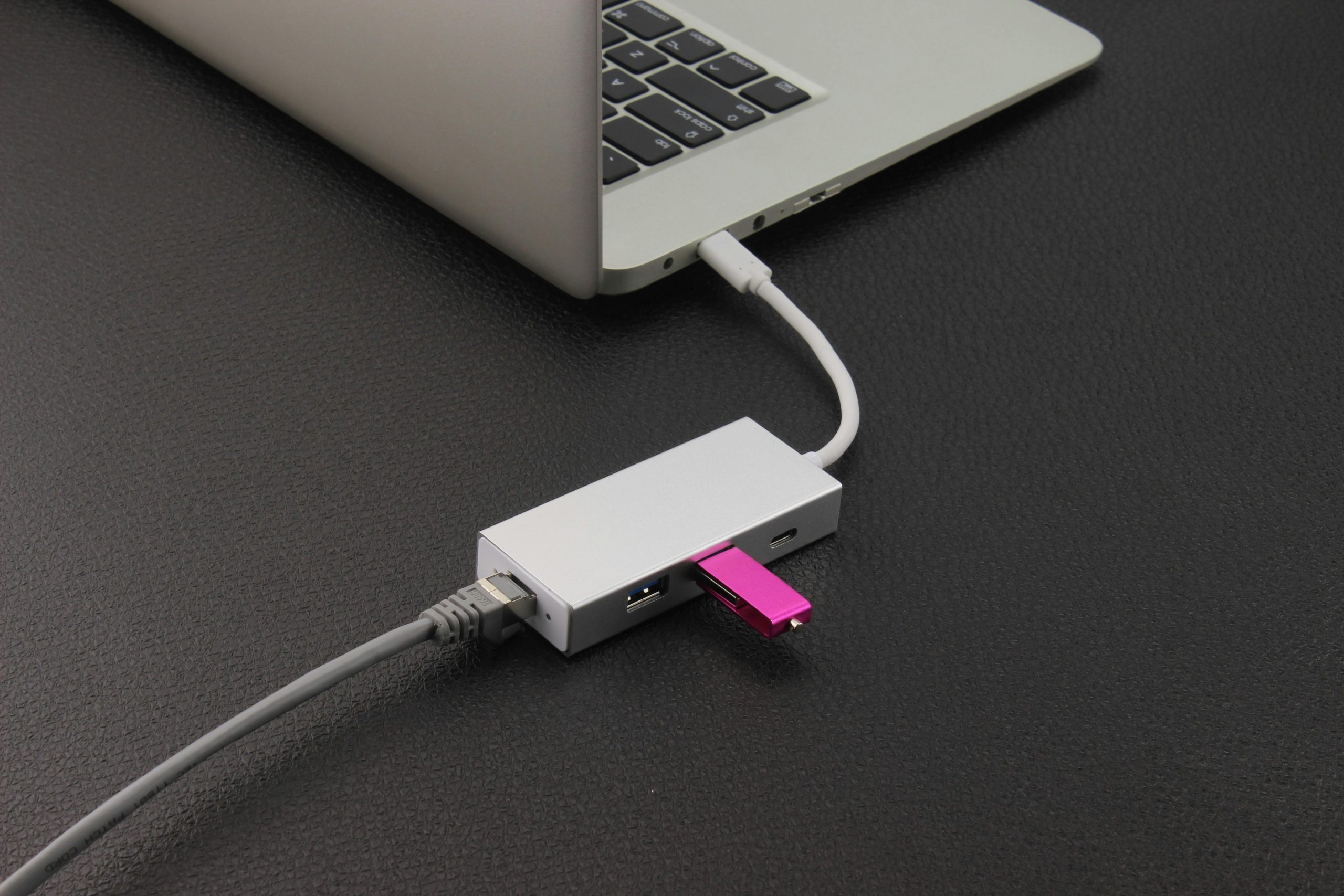Troubleshooting Internet Connectivity Issues: Why Switching to a Custom DNS Can Make a Difference
Experiencing connectivity problems can be frustrating, especially when your internet refuses to cooperate. Recently, I encountered a situation where my internet connection was unresponsive—no websites would load, and conventional troubleshooting steps didn’t resolve the issue. After some investigation, I discovered that configuring my Wi-Fi to use a custom DNS server—specifically, Google Public DNS—was the key to restoring functionality.
Understanding DNS and Its Role in Internet Connectivity
The Domain Name System (DNS) functions as the internet’s phonebook, translating human-friendly domain names (like www.example.com) into IP addresses that computers use to identify each other. When you connect to the internet, your device relies on DNS servers to resolve these addresses quickly and accurately.
The Problem: Why Default DNS Settings May Fail
If your default DNS servers—often provided by your Internet Service Provider (ISP)—are experiencing issues or misconfigurations, it can lead to problems such as:
- Unable to access certain websites or all websites
- Slow or unpredictable browser performance
- Connection timeouts or errors
In some cases, ISP DNS servers might be temporarily down, overloaded, or have incorrect records, causing your device to be unable to resolve domain names properly.
The Solution: Switching to a Custom DNS Server
Changing your DNS settings to a reliable public DNS provider often resolves such issues. Google Public DNS (8.8.8.8 and 8.8.4.4) is a popular choice due to its stability, speed, and security features.
How to Change Your DNS Settings
- Access Network Settings
- On Windows: Go to Control Panel > Network and Internet > Network and Sharing Center > Change adapter settings.
-
On macOS: Navigate to System Preferences > Network.
-
Select Your Network Connection
-
Right-click on your active Wi-Fi or Ethernet connection and choose Properties (Windows) or Advanced (macOS).
-
Modify DNS Server Addresses
-
In the DNS settings section, replace the existing entries with:
- Preferred DNS server: 8.8.8.8
- Alternate DNS server: 8.8.4.4
-
Save and Restart
- Confirm changes, close settings, and restart your browser or device if necessary.
Why Does This Work?
Switching to a well-maintained public DNS
Share this content:



